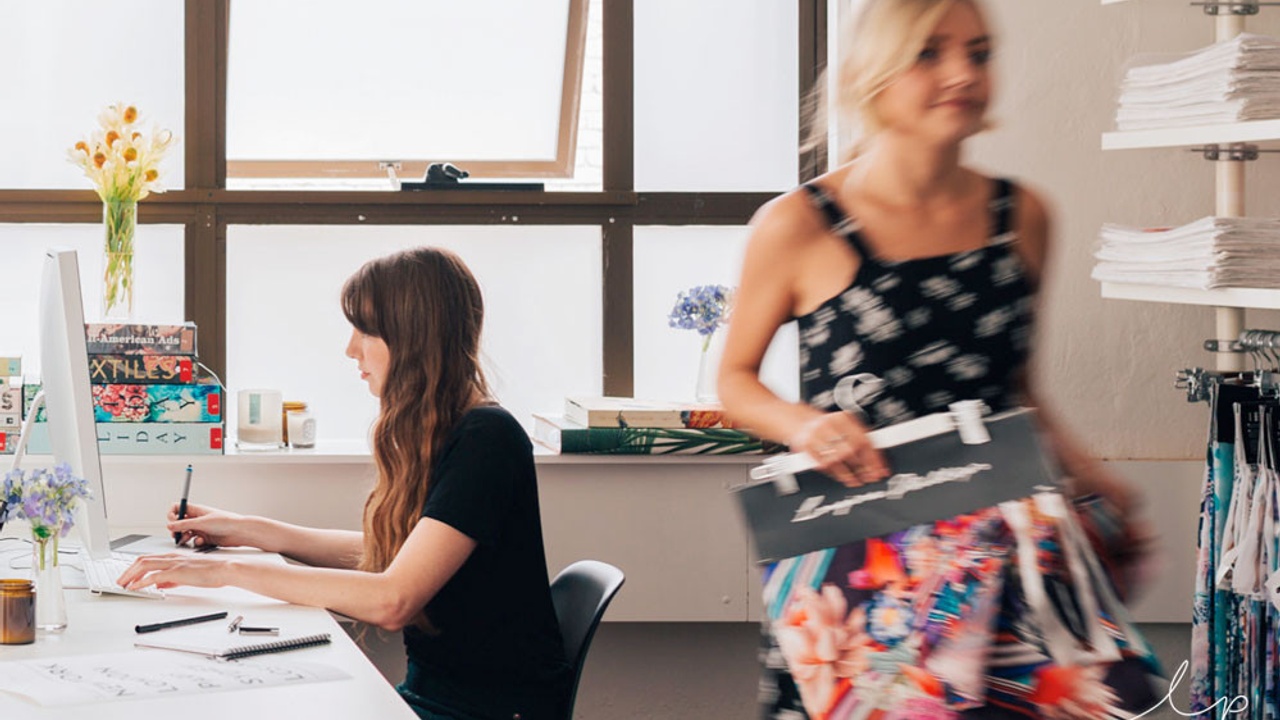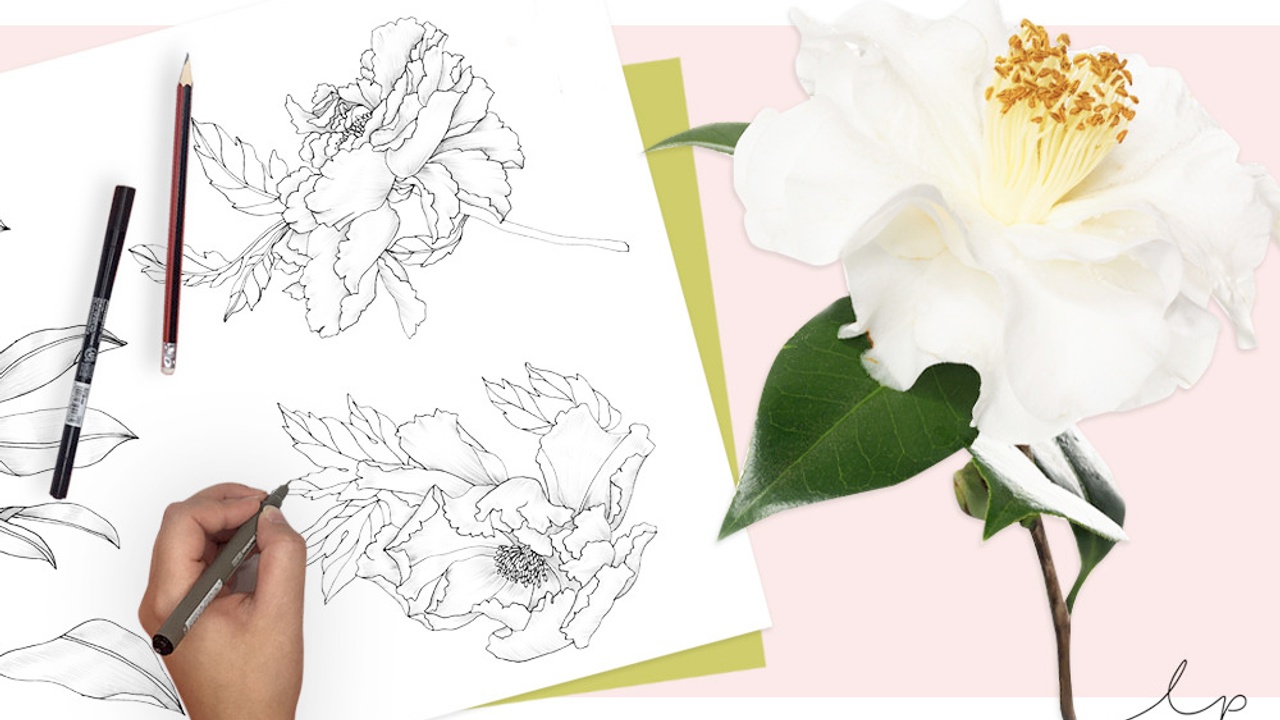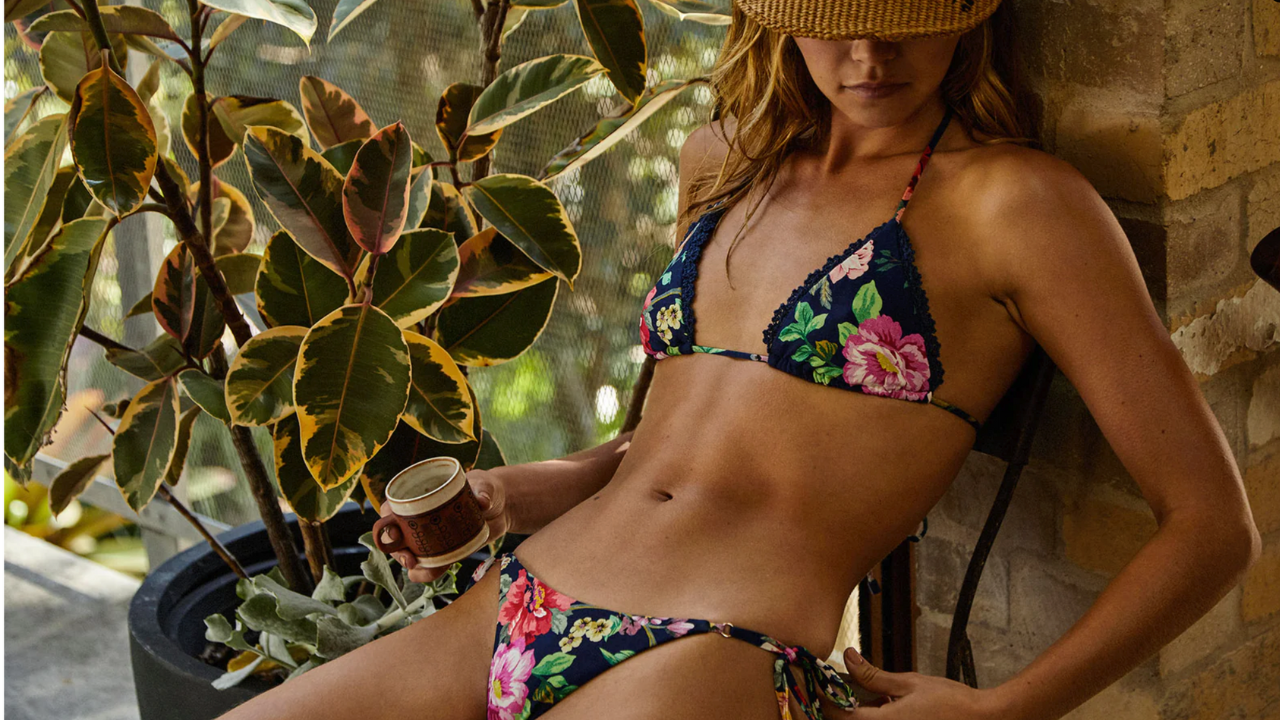STAY IN THE KNOW
RECEIVE TREND DIRECTION, INDUSTRY INSIGHTS, BONUS TIPS AND TUTORIALS EVERY FORTNIGHT
We hate SPAM. We will never sell your information, for any reason.













